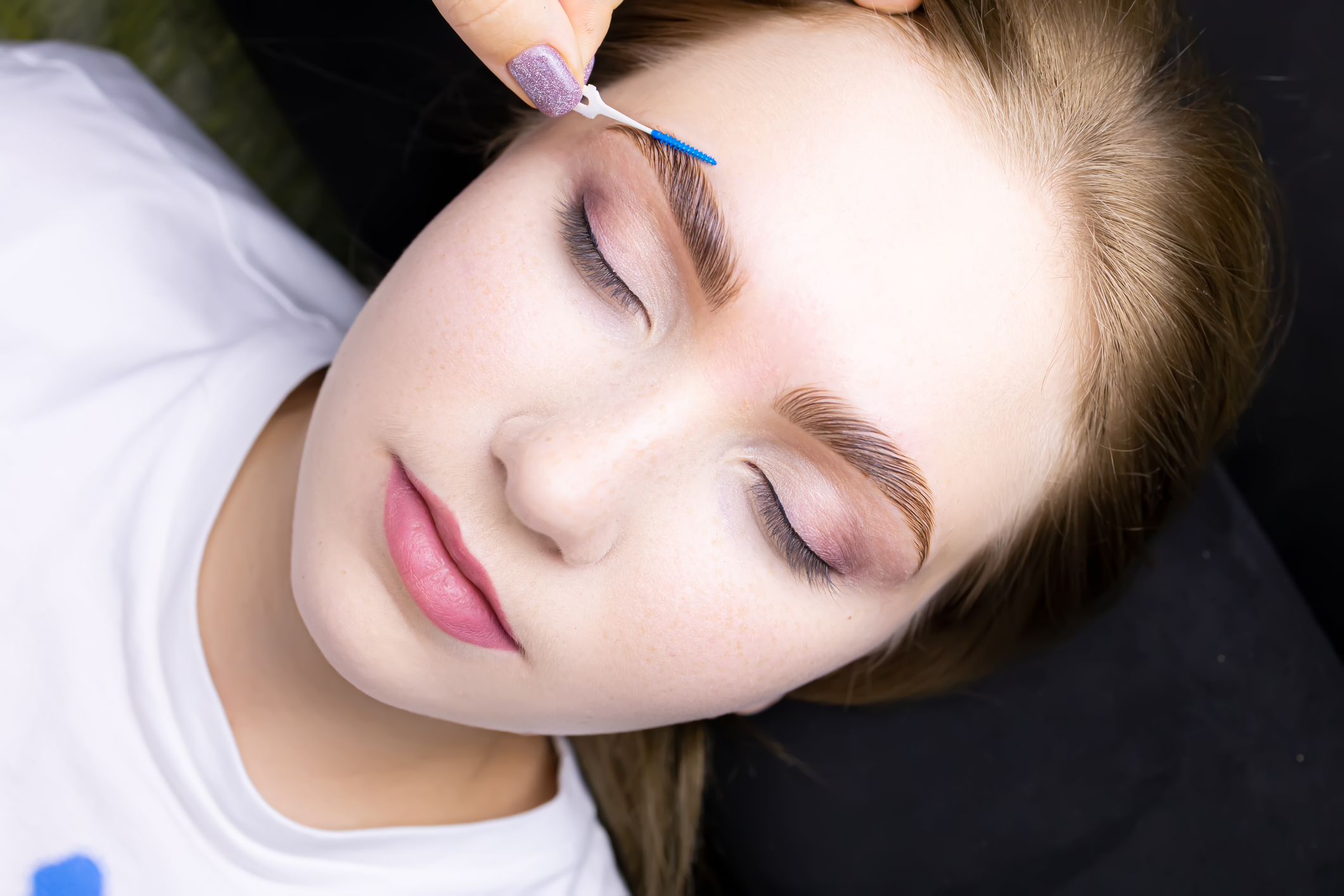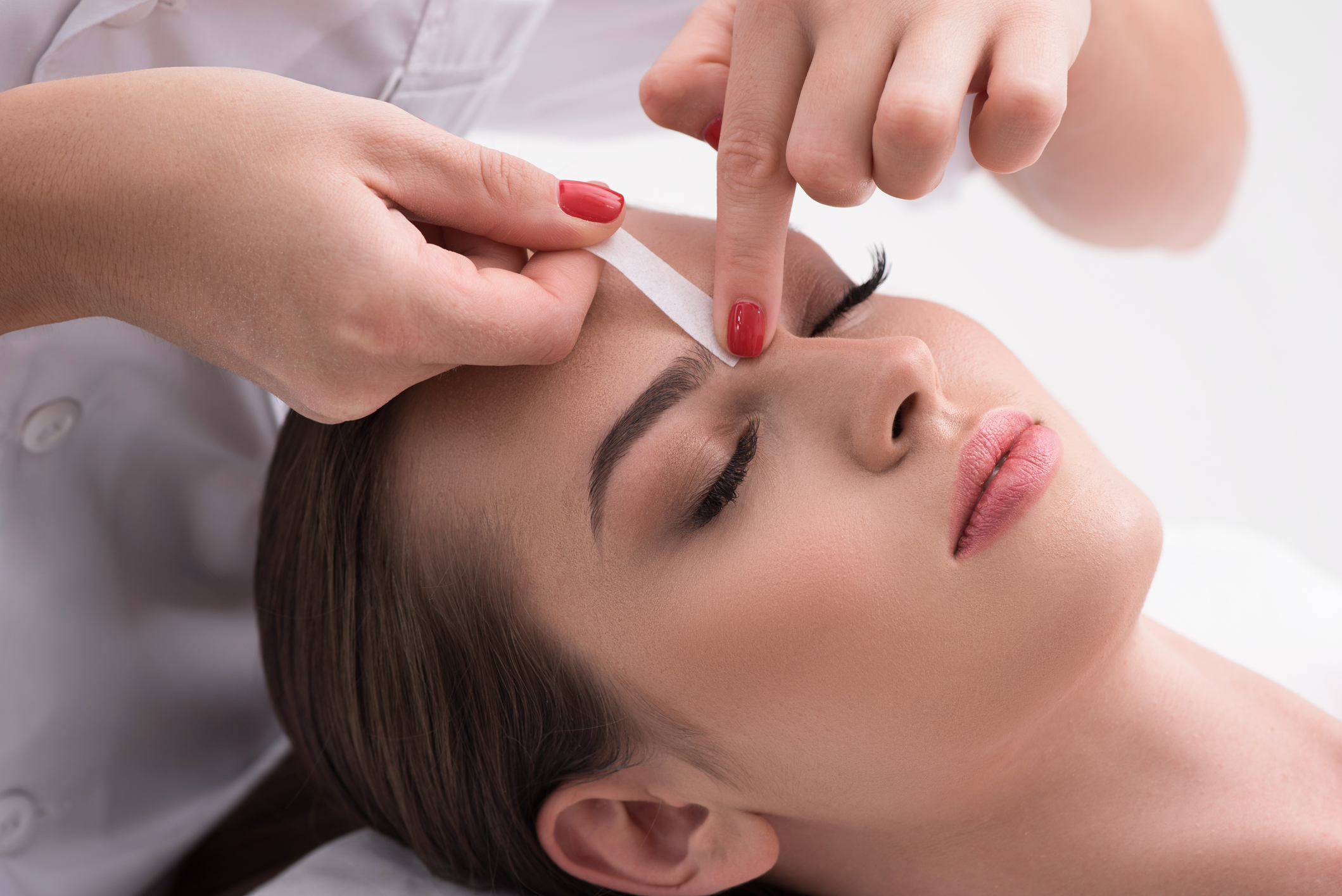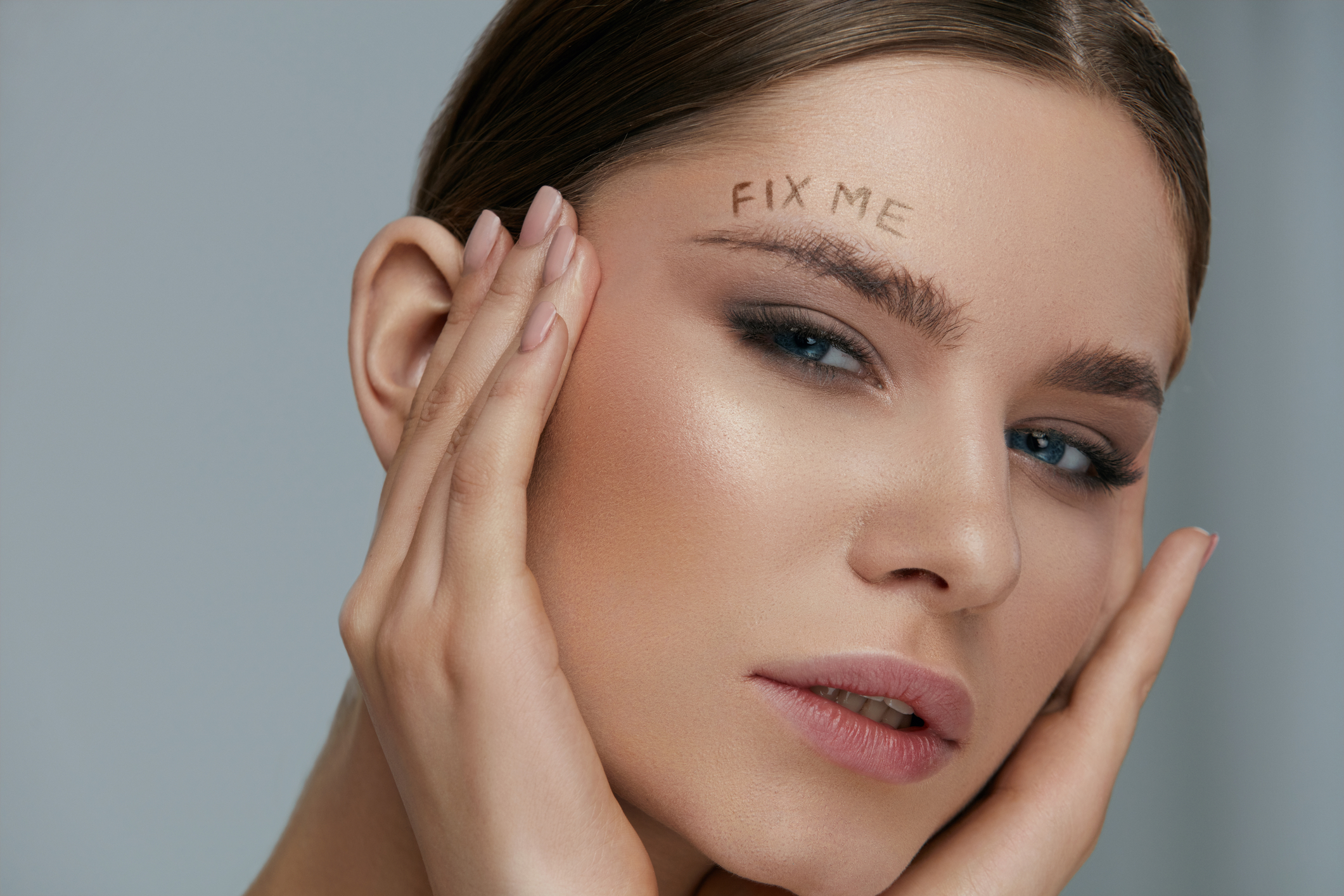Diving into the Fine Lines: Nanoblading versus Microblading, the Ultimate Guide to Top 5 Differences and Similarities
Recognizing the persistent obsession with achieving the perfect brows, both Microblading and Nanoblading have gained global recognition. Microblading essentially involves using extremely fine, short strokes that mimic eyebrow hairs. A specialized pen-like tool is used that has 12-15 micro-needles at the end. Nanoblading, on the other hand, is a more recent development in the semi-permanent makeup industry. It employs smaller needles, shaping extremely realistic hair strokes for a more natural finish.
Despite being procedures primarily aimed towards enhancing eyebrow appearance, their methodologies, results, as well as prerequisites differ significantly. However, there are also similarities that should not be ignored. Thus, in order to opt for the best solution, being aware of all aspects is of utmost importance.
The Intricacy of Technique: How Nanoblading and Microblading Differ

Residing on the surface of the skin, the similarities between Microblading and Nanoblading exceed more than their primary objective. Both techniques involve the use of needles which are gently pushed or dragged across the skin, creating a fine cut where pigment is embedded.
However, the significant difference lies in the needle size, wherein Nanoblading uses ultra-fine needles. This difference in size leads to a more realistic hair stroke, creating a look which is nearly indistinguishable from real eyebrow hairs. On the contrary, Microblading leads to more defined, stronger strokes, creating bold statement eyebrows.
Finer Details of Durability: Which Lasts Longer

When it comes to durability, both techniques provide a semi-permanent solution. The effects of both microblading and nanoblading can last anywhere from 12 to 18 months.
However, the longevity truly depends on the individual's skin type and lifestyle. Oilier skin may not hold onto pigment as long as dry or combination skin types. Moreover, exposure to sunlight and certain skincare products can rapidly fade the pigment. Irrespective of the technique, touch-ups are usually recommended annually.
Weighing the Pain Levels: A Matter of Thickness

One common question that arises when choosing between Microblading and Nanoblading is the pain level. Microblading is typically associated with minimal to moderate discomfort, similar to a light scratching feeling over the brow area.
In contrast, Nanoblading is often described to be virtually pain-free due to the ultra-fine needles that penetrate the skin. However, every individual’s pain threshold varies, hence, some might feel slight discomfort even with Nanoblading.
Costs and Calculations: A Question of Affordability

Costs for both procedures often depend largely on the expertise of the technician and the geographical location. On average, microblading can range from $200 to $800 while nanoblading can range from $350 to $1000.
While nanoblading may seem more expensive, it’s important to understand that it is a more detailed procedure and often requires less frequent touch-ups than microblading. Taking into account the overall expenses including follow-up appointments, one might not find a hefty difference in the long run.
Decision Time: Nanoblading vs Microblading – The Final Verdict

Selecting between Microblading and Nanoblading is ultimately a personal choice that depends on the candidate's desired brow look, pain tolerance, budget, and frequency of touch-ups. Whether a person chooses Microblading for its bold brow results or Nanoblading for its natural finish, both techniques strive to enhance the individual's facial aesthetics by providing the ideal solution to eyebrow concerns.